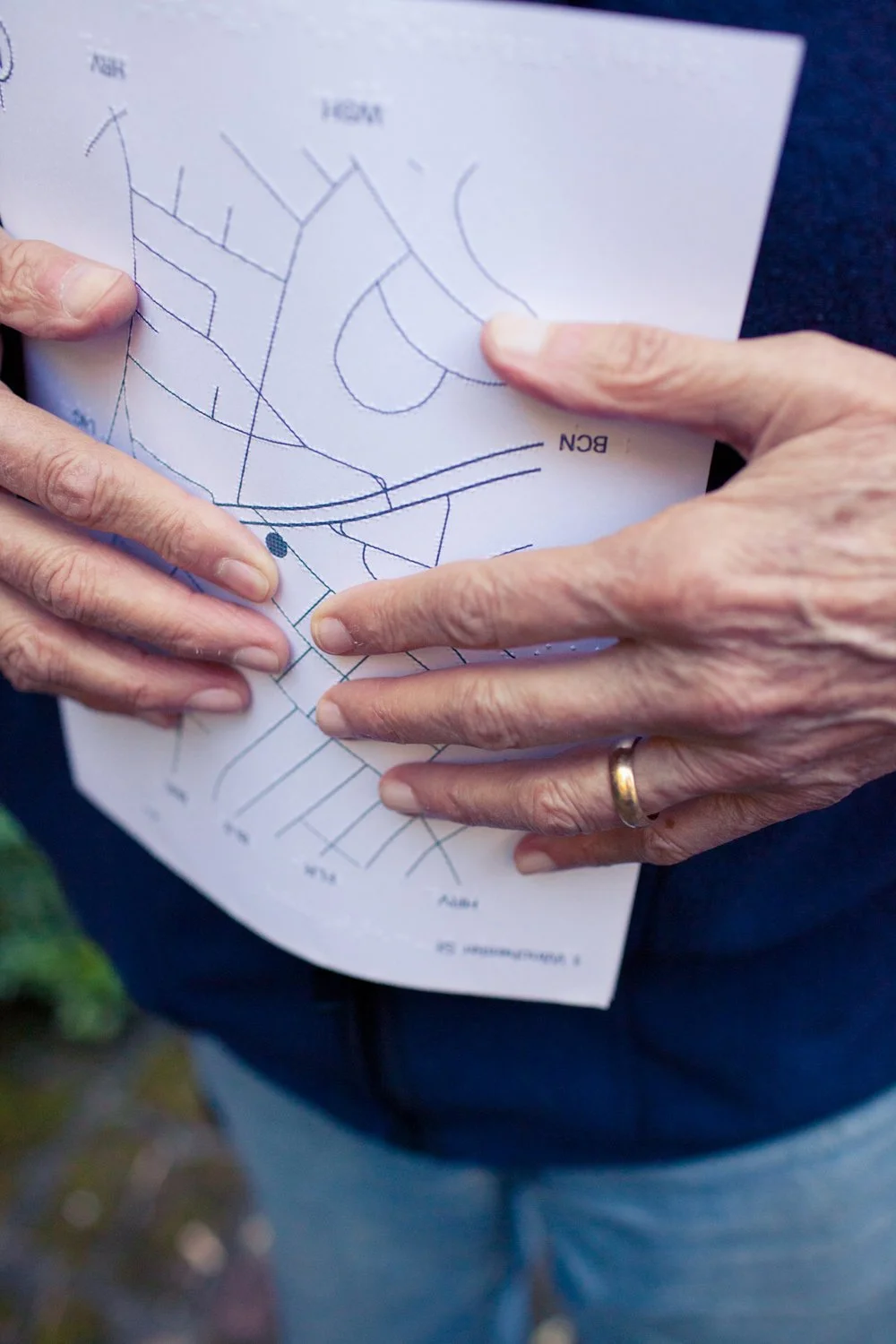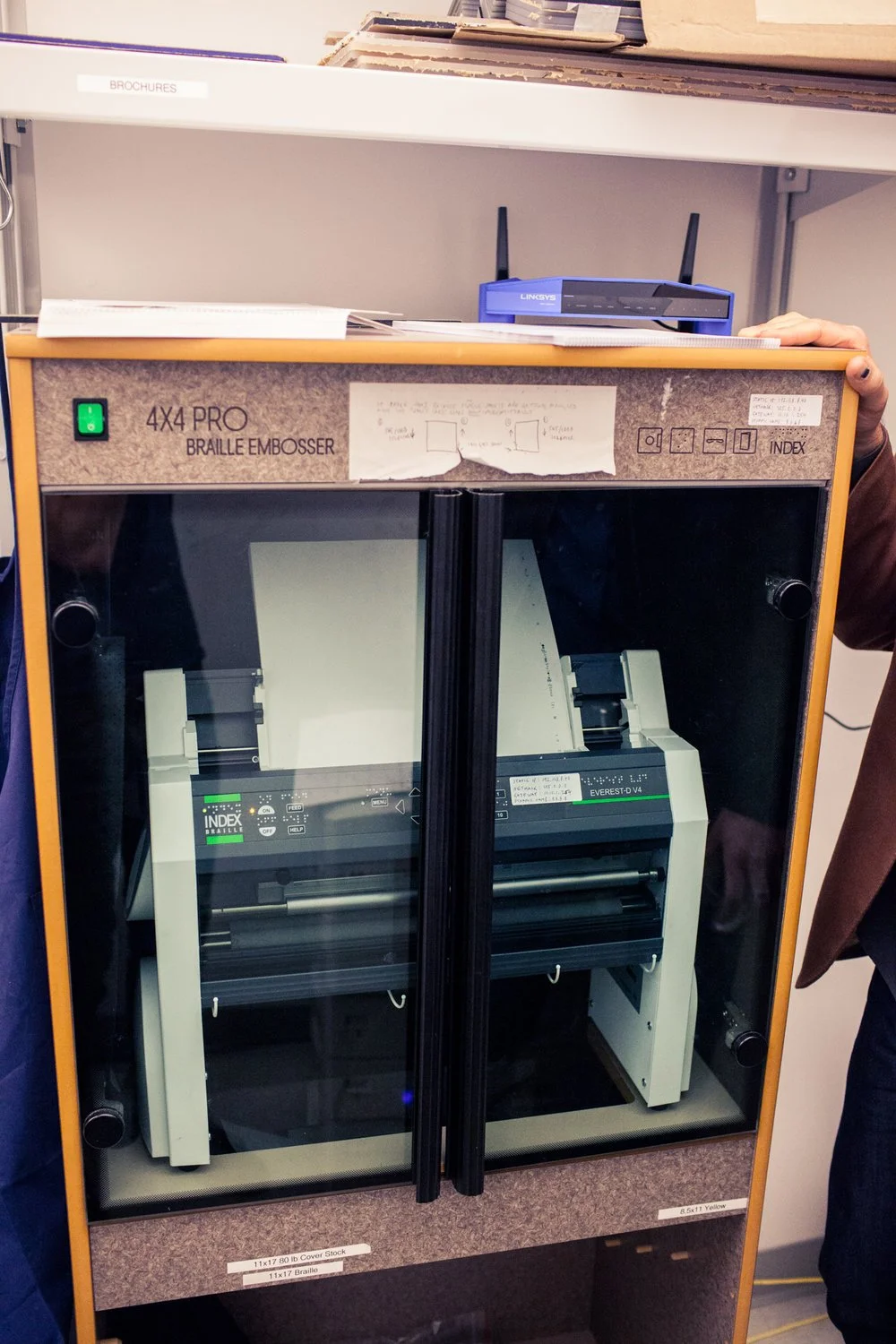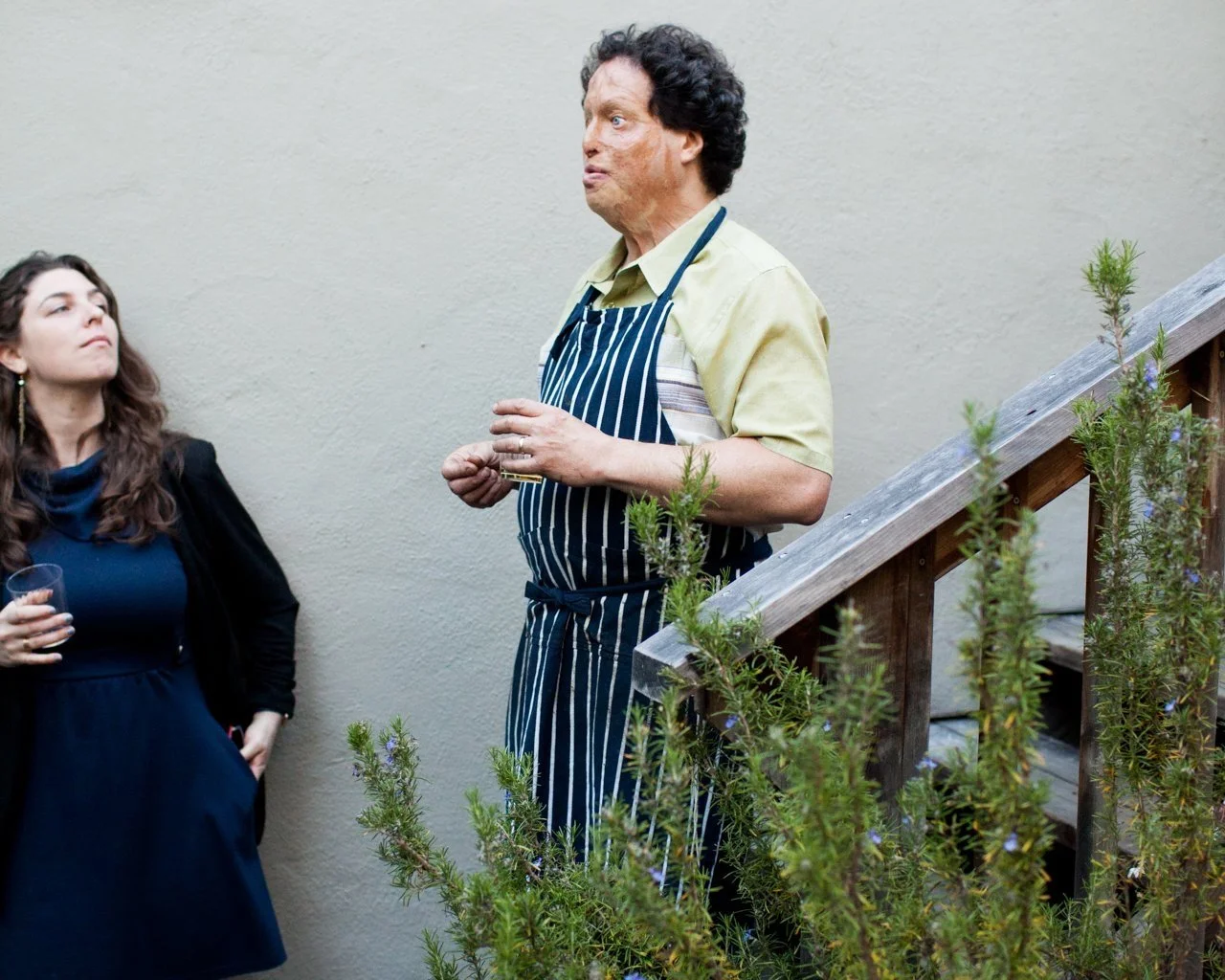Tactile Maps for the Blind
Empowering The Blind Community to Discover Their Neighborhoods
For those with low or no sight, access to information about the streets and paths around homes or offices is exceptionally useful. Taking steps into a new area requires a high degree of confidence, and is often daunting. One of the primary methodologies to mitigate users’ uncertainty in new areas are braille maps, printed on paper.
Partnering to Improve TMAPs
When LightHouse For the Blind and Visually Impaired of San Francisco approached our team at Raizlabs to work on the second generation of the TMAP (Tactile Map Automated Production), we knew we had to make the maps legible, useful, and easy to generate. While partnering with the inventor of the TMAP, Dr. Joshua A. Miele, I worked with our development team to create a web tool for map generation that would be used by the sighted and blind staff at LightHouse. We also improved TMAP legibility, clearly and distinctly labeled streets that touched the bounding box of the map, and ultimately reduced the time required to generate maps by the internal team at LightHouse.
Making the Maps
Maps are now easily made by indicating a point of interest, selecting paper size, and printing from braille embossers. With all of the tweaks and alterations both to the TMAPs and to the website that generates them, we reduced the total time to make and ship a map from 45 minutes to 10 minutes. Now the team at LightHouse can spend more of their time focused on the people who need the maps, and less time on making them.
TMAP 2.0 is currently considered a Beta project. If you are interested in learning more, please reach out to Greg Kehret at gkehret@lighthouse-sf.org.
Dr. Joshua A. Miele and Vanessa Garber at the TMAP 2.0 launch celebration.


